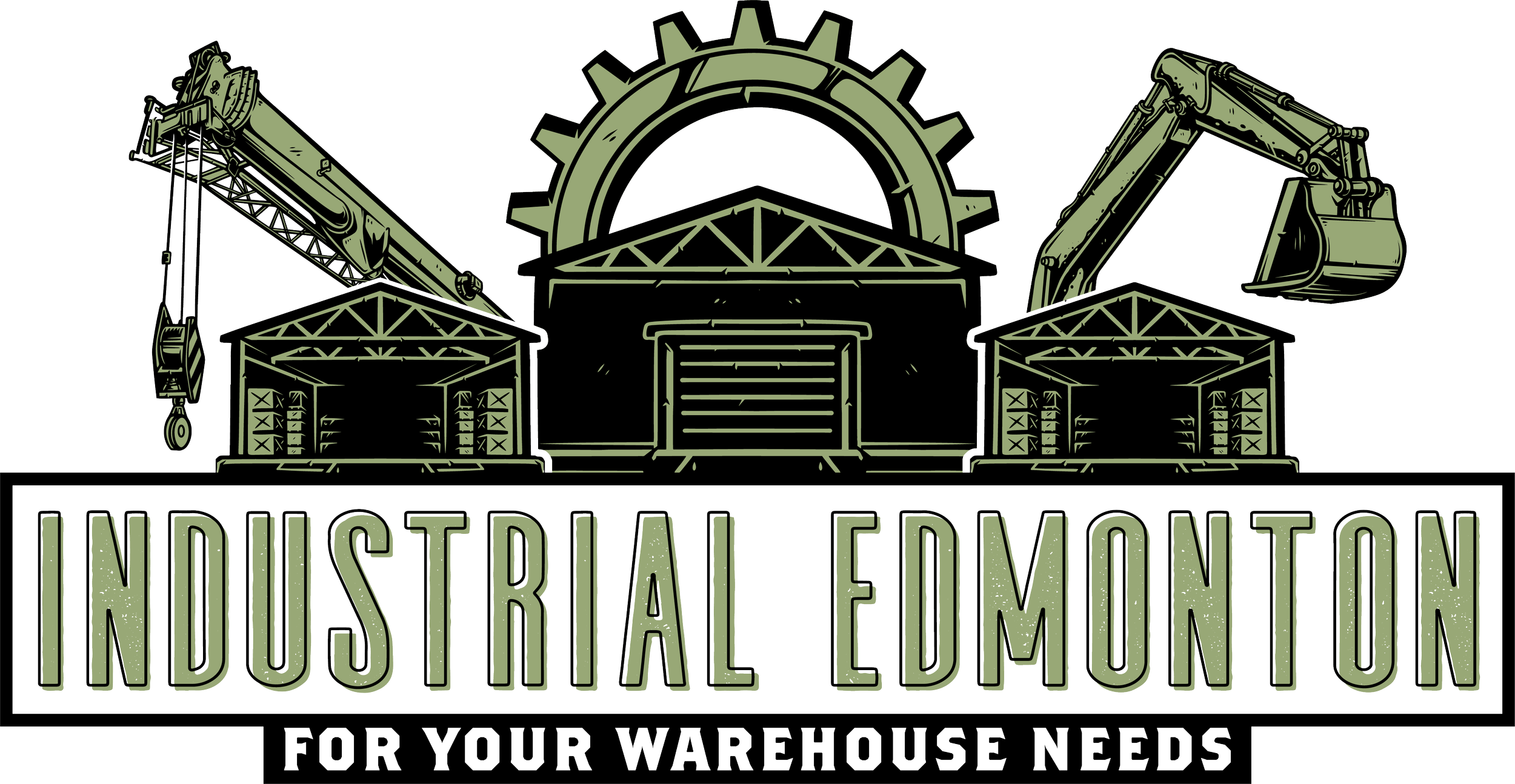What's Coming Our Way: Future Trends Affecting the Commercial Real Estate Sectors
The commercial real estate industry continues to transform, creating new opportunities and challenges for users and service providers alike. Affecting the industry as a whole are an abundance of tech trends, such as e-commerce and automation, virtual reality, 3-D printing, artificial intelligence and big data - "Google knows what people search for, Facebook knows what they share and Amazon knows what they buy" (NAIOP). With all these technological changes comes the threat of improving efficiencies so much that we work ourselves out of jobs, and so the question becomes how can we tackle this impending challenge to create opportunities for the future workforce. Each commercial real estate asset class has it's own trends to adapt to; the following touches on the future outlook for the Industrial, Retail, Office, Hospitality and Multi-Family sectors.
Industrial
Opportunities: The strongest commercial real estate sector right now by far is industrial, posting the greatest profits and growth consistently year over year. The consumer trend is towards online purchases, which are processed in industrial fulfillment centres. E-Commerce demands about three times more warehouse/distribution space per dollar spent than regular retail stores, so as e-commerce continues to grow, so does demand for industrial space.
Threats: These modern distribution spaces are also becoming more automated via the use of robots to streamline the supply chain. This has had the effect of reducing parking, office and sometimes even HVAC (heating/lighting) requirements due to fewer "human" demands.
Retail
Opportunities: Retailers have begun adapting into offering experiences in their brick-and-mortar operations, rather than just consumer goods. The obvious trend right now is towards e-commerce and away from your typical storefront, however the brick-and-mortar retailers selling at the highest (think Tiffany's) and lowest (think Dollar Stores) price points will continue to survive. One area of retail that is growing is the restaurant industry, which corresponds to the consumer's growing preference for experience - restaurant sales were larger than grocery sales in 2016.
Threats: E-commerce continues to be an ever-growing and changing life form in the retail sector due to its ease of use and cost efficiency. Of note though, only 10% of all retail activity is driven from e-commerce currently, a number that will surely continue to increase as industrial efficiencies improve supply chains. Watch for old, dead shopping malls being converted into "last mile" distribution facilities to service this demand.
Office
Opportunities: The name of the game for the office sector is collaboration, openness and "collisions". Employers and employees are looking for work spaces that promote co-working and chance encounters among the staff to promote communal thinking. The amenities that are desired have adapted into services that improve the efficiency of an employee's life, such as shared concierge services, health centres, and sometimes pet and child care.
Threats: Co-working spaces continue to gain popularity, heightened by independent companies such as WeWork who lease and build-out unique, open office spaces, then sublease out desks, offices, and floors to independent companies, startups and entrepreneurs. Overall, companies are becoming more efficient with their open-concept work spaces, thus reducing the amount of office square footage [per person] that is required.
Hospitality
Opportunities: Increase in business and leisure travel globally has lead to increased demand for travel accommodation. Globalization has increased the requirements of businesses to transact around the world, and therefore require more hotel nights. Additionally, the growing middle class as well as the aptitude for Millennials to acquire experiences over things has increased the demands from the leisure travel side.
Threats: Hospitality alternatives such as Airbnb continue to threaten the market share of hotels and what they are able to charge on the open market, especially for long-term stays and during peak demand periods in the market (i.e. Super Bowl).
Multi-Family
Opportunities: The apartment (rental) sector has seen positive growth in recent years due to two large demographics - Millenials and Empty Nesters. Millenials, who as mentioned previously are seeking out experiences over things, are waiting longer to marry, and are choosing to rent instead of own, predominantly in centrally located areas of their City with access to public transportation and services. At the same time, older retiring couples are looking to do the same by downsizing their homes into more conveniently sized and located apartments. Additionally, both of these groups are demanding more from their living spaces; they desire communal areas, amenities such as rooftop decks and gymnasiums, entertaining areas and in return, are accepting smaller units.
Threats: the largest challenge facing this industry is the increasing costs to construct which are increasing the rents, especially in highly populated urban cities. "Almost 2/3 of all new apartments in the U.S. are now priced at rents requiring household incomes of over $100,000" (NAIOP).
Hopefully this provided some insight into what's coming down the road for our commercial real estate sectors and industry as a whole. Those that are forward-looking and adapt to these trends will be the winners in the end; change creates opportunities for those who are ready.





